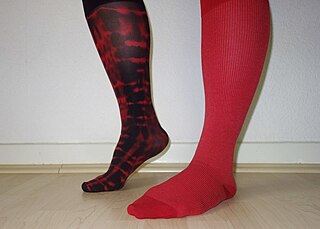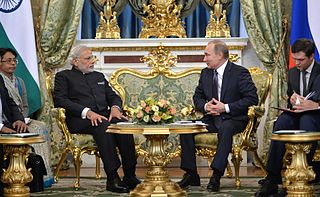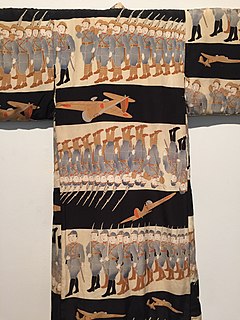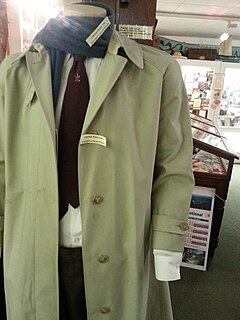 W
WA black bloc is a tactic used by protesters who wear black clothing, ski masks, scarves, sunglasses, motorcycle helmets with padding, or other face-concealing and face-protecting items. The clothing is used to conceal wearers' identities and hinder criminal prosecution by making it difficult to distinguish between participants. It is also used to protect their faces and eyes from pepper spray, which is used by police during protests or civil unrest. The tactic allows the group to appear as one large unified mass. Black bloc participants are often associated with anarchism, anarcho-communism, communism, libertarian socialism or the anti-globalization movement.
 W
WA blouse is a loose-fitting upper garment that was worn by workmen, peasants, artists, women, and children. It is typically gathered at the waist or hips so that it hangs loosely ("blouses") over the wearer's body. Today, the word most commonly refers to a girl's or woman's dress shirt. It can also refer to a man's shirt if it is a loose-fitting style, though it rarely is. Traditionally, the term has been used to refer to a shirt which blouses out or has an unmistakably feminine appearance.
 W
WCompression stockings are a specialized hosiery designed to help prevent the occurrence of, and guard against further progression of, venous disorders such as edema, phlebitis and thrombosis. Compression stockings are elastic compression garments worn around the leg, compressing the limb. This reduces the diameter of distended veins and increases venous blood flow velocity and valve effectiveness. Compression therapy helps decrease venous pressure, prevents venous stasis and impairments of venous walls, and relieves heavy and aching legs.
 W
WMost heated clothing is designed for cold-weather sports and activities, such as motorcycle riding, downhill skiing, diving, winter biking, and snowmobiling, trekking and for outdoor workers such as construction workers and carpenters. Since the London Olympics, heated clothing has also been used by athletes to keep their muscles warm between the warm-up and the race.
 W
WInformal wear, also called business wear, corporate/office wear, tenue de ville and, colloquially, dress clothes, is a Western dress code for clothing defined by a dress shirt with necktie or a polo shirt, sometimes with a business suit for men, and cocktail dress or pant suit for women. On the scale of formality, it is considered less formal than semi-formal wear but more formal than casual wear, yet retaining availability for more personal expression than semi-formal wear. Thus, informal should not be confused with casual wear such as business casual or smart casual despite that some people may refer loosely to informal dress as "formal" in contrast with merely casual.
 W
WA suit is a set of clothes comprising a suit jacket, or coat, and trousers. When of identical textile, and worn with a collared dress shirt, necktie, and dress shoes, it was traditionally considered informal wear in Western dress codes. The lounge suit originated in 19th-century Britain as more casual wear alternative for sportswear and British country clothing. After replacing the black frock coat in the early 20th century as regular daywear, a sober one-coloured suit became known as a lounge suit. A darker, understated lounge suit for professional occasions became known as a business suit.
 W
WMaternity clothing is worn by women as an adaptation to changes in body size during pregnancy. The evolution of maternity clothing began during the Middle Ages, and became fashionable as women became more selective about style and comfort in the types of maternity clothing they wore. Fashions were constantly changing over time, such as the high-waisted Empire silhouette style maternity dress that was fashionable at the turn of the 19th century, and the "wrapper" style dress of the Victorian era that a woman could simply wrap around herself and button up.
 W
WPlain dress is a practice among some religious groups, primarily some Christian churches in which people dress in clothes of traditional modest design, sturdy fabric, and conservative cut. It is intended to show acceptance of traditional gender roles, modesty, and readiness to work and serve, and to preserve communal identity and separation from the immodest, ever-changing fashions of the world.
 W
WKimono that carried designs depicting scenes from contemporary life became popular in Japan between 1900 and 1945. Now known as omoshirogara , during WW2, many of these designs depicted and reflected the military and political actions of Japan during its involvement in the war (1931-1945), and are commonly referred to as 'propaganda kimono'.
 W
WSmart casual is an ambiguously defined Western dress code that is generally considered casual wear but with smart components of a proper lounge suit from traditional informal wear. This interpretation typically includes dress shirt, necktie, trousers and dress shoes, but worn with an odd-coloured blazer or a sports coat instead.
 W
WSportswear is an American fashion term originally used to describe separates, but which since the 1930s has come to be applied to day and evening fashions of varying degrees of formality that demonstrate a specific relaxed approach to their design, while remaining appropriate for a wide range of social occasions. The term is not necessarily synonymous with activewear, clothing designed specifically for participants in sporting pursuits. Although sports clothing was available from European haute couture houses and "sporty" garments were increasingly worn as everyday or informal wear, the early American sportswear designers were associated with ready-to-wear manufacturers. While most fashions in America in the early 20th century were directly copied from, or influenced heavily by Paris, American sportswear became a home-grown exception to this rule, and could be described as the American Look. Sportswear was designed to be easy to look after, with accessible fastenings that enabled a modern emancipated woman to dress herself without a maid's assistance.
 W
WTextile performance, also known as fitness for purpose, is a textile's capacity to withstand various conditions, environments, and hazards, qualifying it for particular uses. The performance of textile products influences their appearance, comfort, durability, and protection. Different textile applications require a different set of performance parameters. As a result, the specifications determine the level of performance of a textile product. Textile testing certifies the product's conformity to buying specification. It describes product manufactured for non-aesthetic purposes, where fitness for purpose is the primary criterion. Engineering of high performance fabrics presents a unique set of challenges.
 W
WWinter Clothing are clothes used for protection against the particularly cold weather of winter. Often they have a good water resistance, consist of multiple layers to protect and insulate against low temperatures.